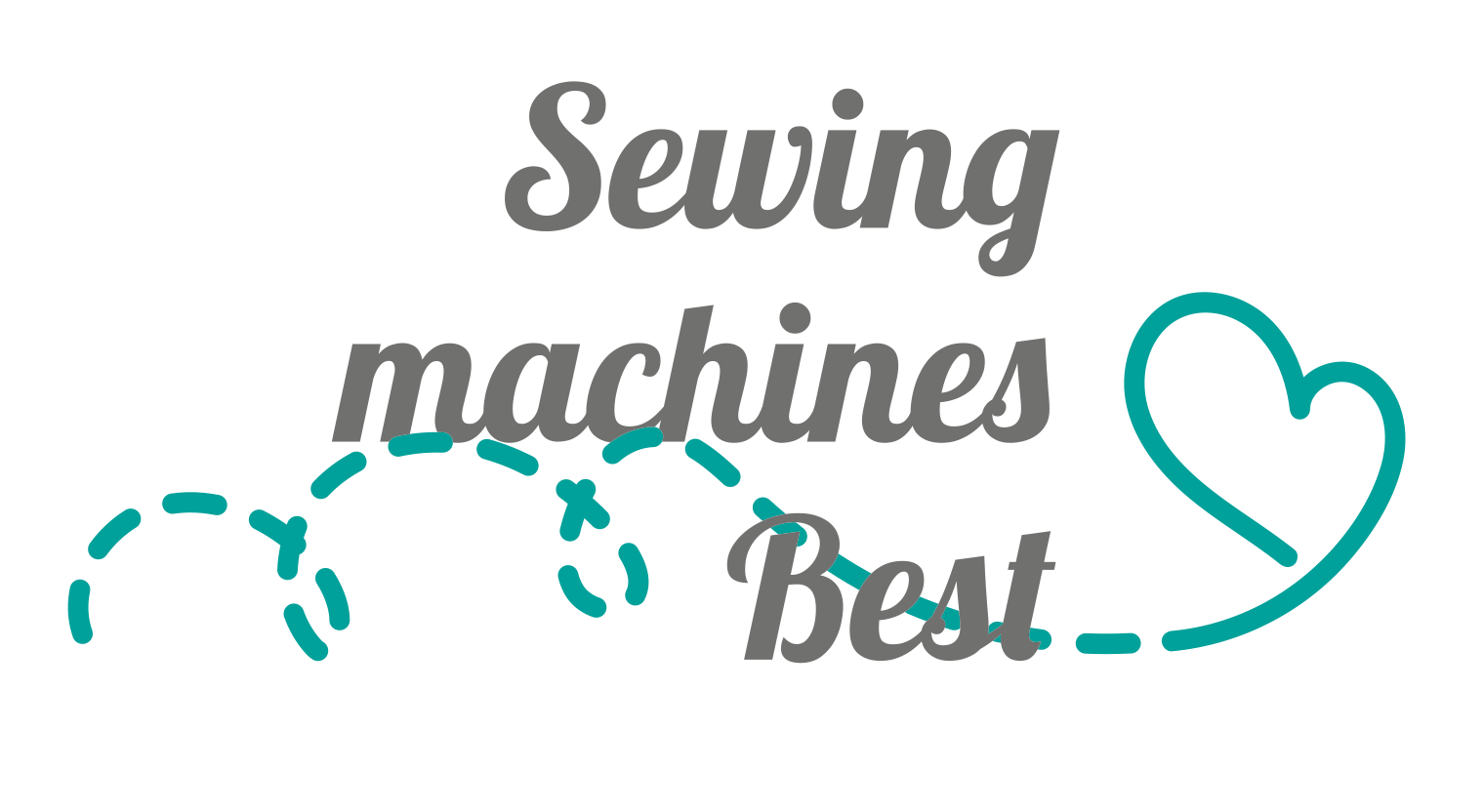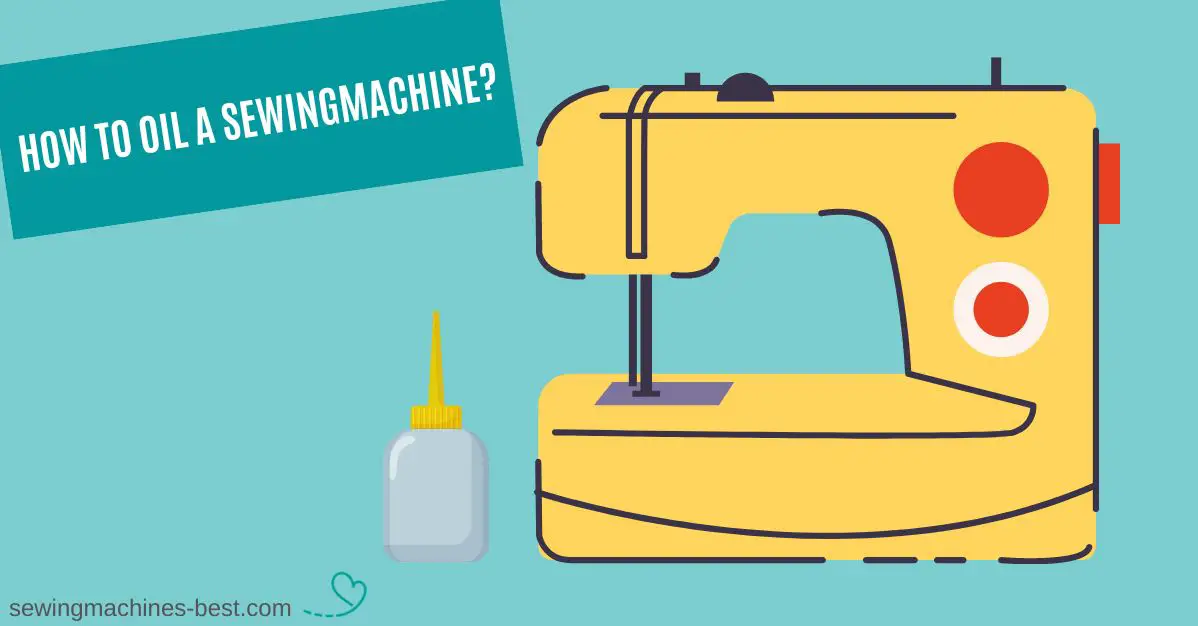Part of sewing is taking care of the most important sewing tool, the sewing machine. In this article, we will analyze how, how often, and where to oil the machine and what oil to use.
Mastering the sewing technique is important for a successful result, but proper maintenance of the sewing machine also plays a role.
If you take care of your machine regularly, it will please you for a long time, and it will be easier for you to create beautiful products.
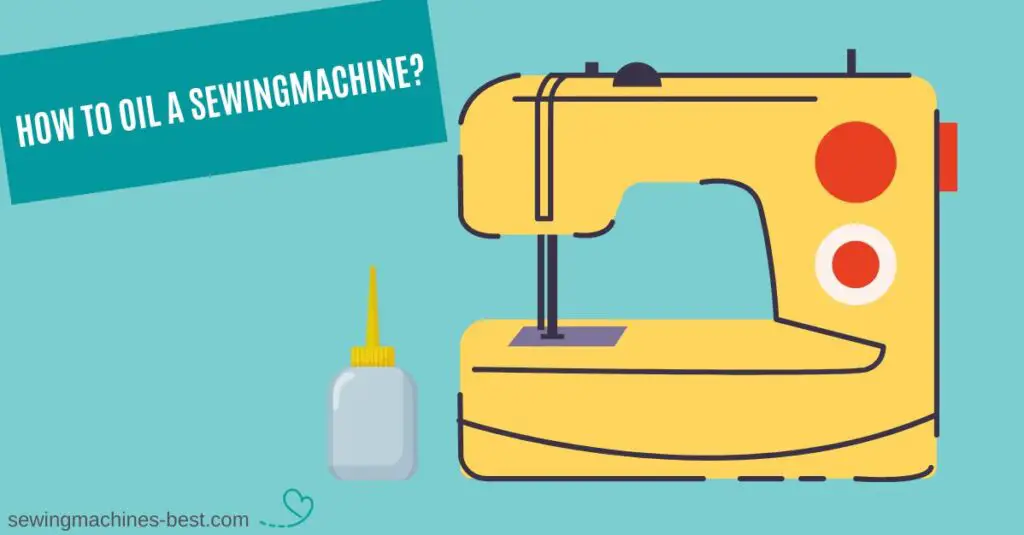
Contents
- 1 What is sewing machine oil?
- 2 What are the steps in oiling the sewing machine?
- 3 Secrets of caring for a sewing machine
- 4 How often should you oil your sewing machine?
- 5 Where do I lubricate my sewing machine?
- 6 How do you know if your sewing machine needs to be oiled?
- 7 What should I do after lubricating my machine?
- 8 Change the hook and you’re willing the job
- 9 Can I oil my sewing machine with engine oil?
- 10 Can WD 40 be used to oil a sewing machine?
- 11 Top loading bobbin machines
- 12 Front-loading bobbin machines
- 13 How often should the sewing machine be oiled?
- 14 FAQ
- 14.1 Can regular household oil, automotive oil, or WD-40 be used instead of special oil my sewing machine?
- 14.2 How to clean and oil a computerized sewing machine, what are the nuances?
- 14.3 How to clean the automatic needle threader in computerized sewing machines?
- 14.4 How to clean and oil the outside of a portable sewing machine?
- 14.5 Can I pay someone for work?
- 15 Conclusion
What is sewing machine oil?
Sewing machine oil is designed for oiled sewing machines. It is usually colorless and odorless, with a slight viscosity.
The oil ensures the smooth operation of sewing devices, stops friction and covers metal details from rust.
There are typically 3 kinds of oil: genuine oil from plants, mineral oil, and synthetic oil. A sewing machine is just another piece of machinery, so any oil designed for delicate machines should toil.
Per kind of oil contains its own advantages and disadvantages, so it’s important to choose the right kind to oil your machine.
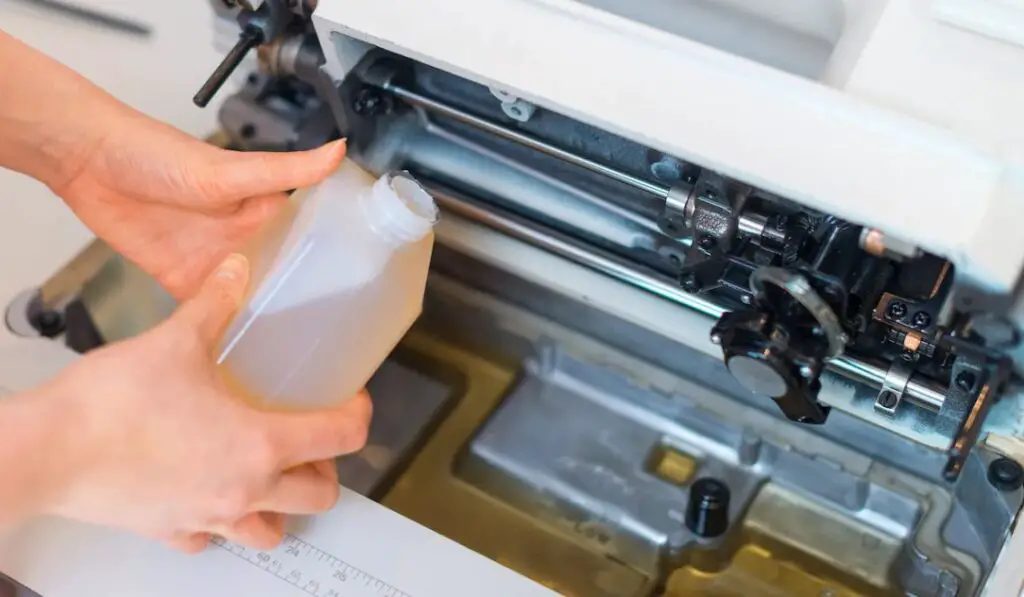
You cannot use any oil on your sewing machine. The manufacturer may suggest a specific consistency of oil, so it’s best to adhere to the oil advised for sewing devices.
In general, synthetic oil is an artificial oil designed for a specific purpose. Synthetic oil sticks more useful to metal and delivers more suitable grease.
Mineral oil can likewise be used with fine results. In reality, synthetic oils were not commercially available until recently (the 1970s) and they have only become widespread in the last 25 years, and there are still excellent mineral oils made from petroleum products on the market.
Mineral oil is obtained from crude oil, while synthetic oil is made in the laboratory. Mineral oil is a non-renewable resource, while synthetic oil can stand constructed from environmental materials.
Synthetic oil has a more elevated viscosity than mineral oil, which means it resists flow better efficiently.
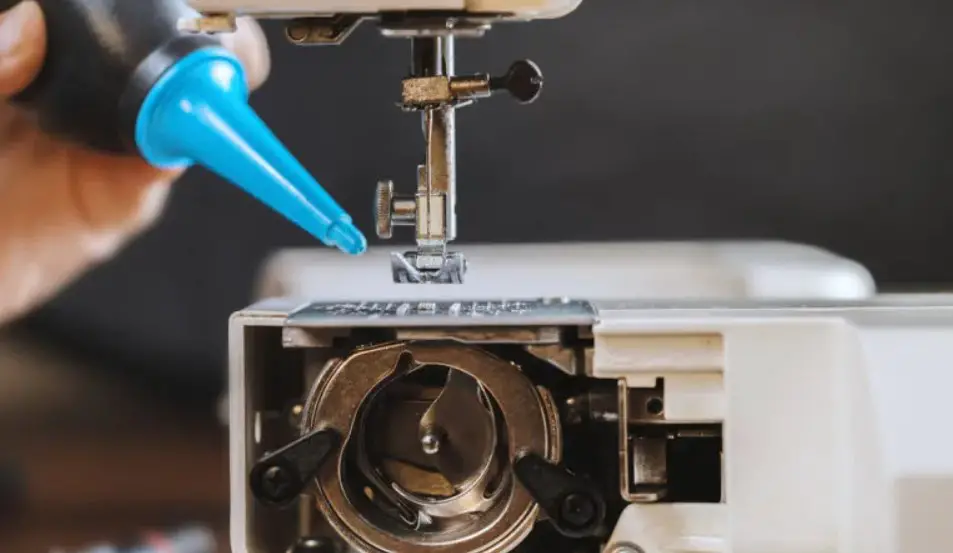
This can exist necessary for sewing devices because it enables keeping the oil where it belongs and prevents it from leaking. While at the exact juncture, sewing machine oil should not comprise residues on the machine parts, so the viscosity of the oil should not be high.
In addition, synthetic oils are usually better warmth resistant than mineral oils, causing them a more sensible option for machines that operate at high temperatures. Ultimately, the best sewing machine oil will rely on the exact machine and its necessities.
If you are not certain which oil to use in your sewing machine, it is best to consult the instruction manual or a sewing machine specialist. They will be capable to assist you to choose the right oil for your particular machine.

What are the steps in oiling the sewing machine?
Before greasing, the machine must first be cleaned. First, the bobbin case and bobbin are removed. The hook can be removed.
There are videos for almost every model that show you step by step how to clean and oil grease them.
On some models, you can even see how to grease them directly in the machine manual. Go to Setup, Machine settings, Sewing machine maintenance/upgrade, and Machine grease.
The video shows that the machine must be turned off for safety reasons. You just need to disconnect the cable of the foot control so that you don’t accidentally step on it while working in the area of the hook.
Some models have lights in the hook area that can only be turned on if the machine is not unplugged, so you can see what you are doing even at night!

Secrets of caring for a sewing machine
These simple sewing machine maintenance tips are sure to give you positive results and pay off in the long run:
- Use special thread for sewing machines. It is less lint than a multipurpose thread.
- Remove lint regularly. If possible, do this every 10-12 hours of sewing.
- Use only special sewing machine oil for lubrication.
- Do not use compressed air (canned air).
- Read your manufacturer’s instruction manual carefully and follow it.
Some devices, such as computerized sewing machines, are self-grease and do not require grease. The manual will describe the exact place where you can pour the sewing machine oil, usually in the bobbin case.
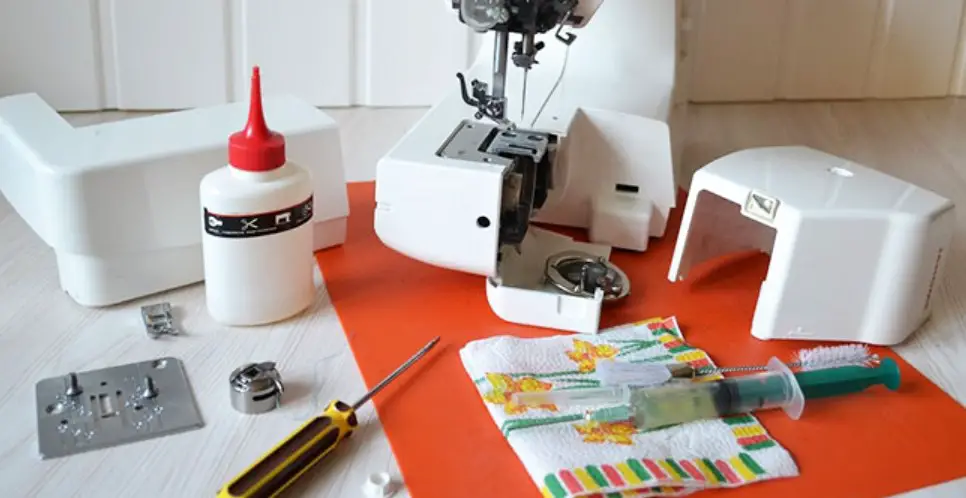
If you don’t have a manual, you can find one on the manufacturer’s website. These tutorials usually do not contain detailed manuals, but do contain important warnings.
Pay close attention to the information about what NOT to do with the sewing machine, and you will reduce your chances of breaking it.
If you have already read the manual for cleaning sewing machines, then you have probably noticed the diametrically opposed manual for using compressed air.
Some experienced seamstresses recommend this, and some don’t, as the compressed air adds extra oil moisture, making the pile stickier. It also blows lint into internal mechanical parts. This can damage the machine, resulting in a high repair bill.
We prefer to use a nylon brush instead of compressed air and recommend thoroughly cleaning the inside of the machine every time you change the bobbin. This only takes a few seconds and will prevent a lot of annoying problems in the future.
For lubrication and cleaning, you will need:
- High-quality sewing machine oil.
- Nylon brush.
- A clean piece of fabric for sewing.
Maintenance takes about 15-20 minutes of your time at first, and about 5-10 minutes when you learn how to do it quickly.
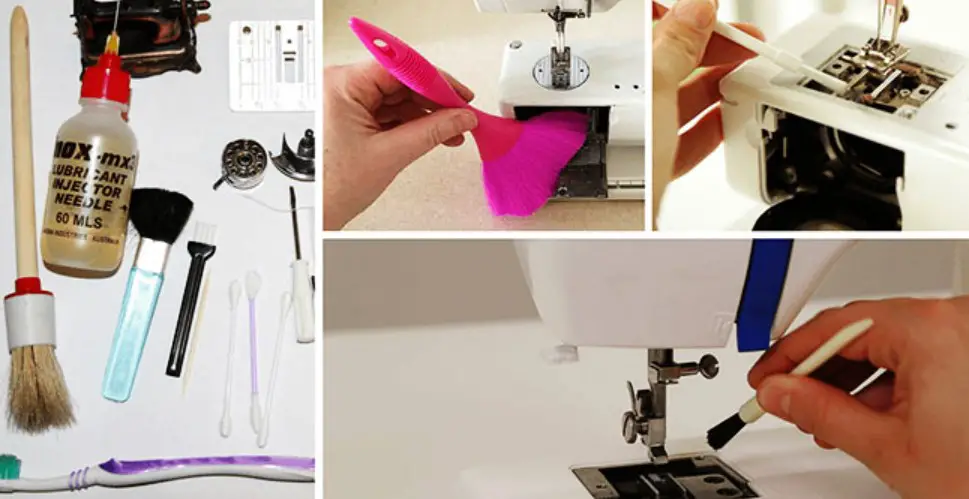
How often should you oil your sewing machine?
This is a question for which there is no specific answer.
Various factors play a role here: what do you sew, how long have you been sewing, do you embroider, and are you always at the machine?
It is important that you oil your machine regularly, not just when the machine tells you to. There have probably been times when you thought your machine sounded “weird”. It just didn’t purr so nicely anymore. That means it’s time for some maintenance!

Where do I lubricate my sewing machine?
The instruction manual should tell you where to oil the sewing machine. Be sure to follow the manufacturer’s instructions when applying oil to the machine. Different machines require different grease points.
Generally, the parts of the sewing machine that need to be oiled with oil are moving parts.
This can be a shaft along which the needle rises and falls, gear racks, or a metal bobbin case. Metal parts in contact with other metals require special attention because both surfaces can wear out over time if they are not properly lubricated. Plastic parts do not require oil.
Some older sewing machines have small amount holes on the outside through which oil can be injected directly into the mechanisms of the machine to keep it running smoothly. Do not cover any openings as this may cause problems.
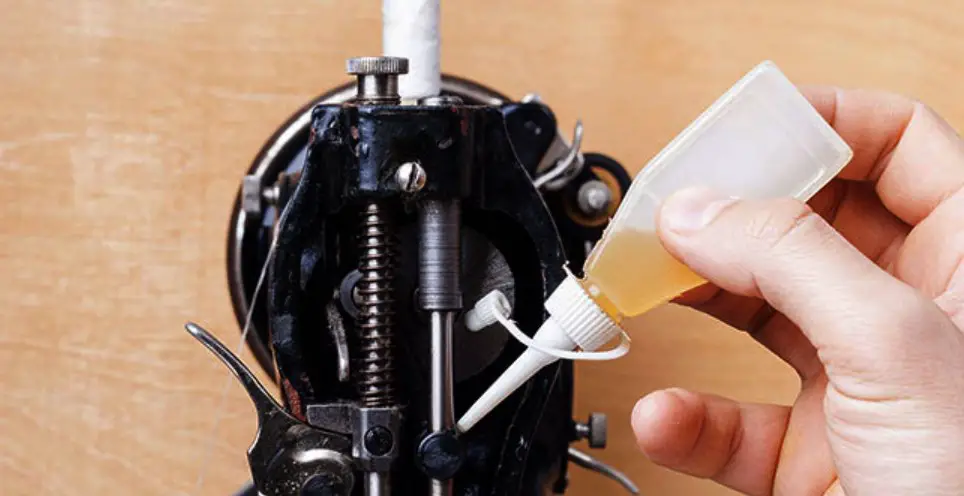
How do you know if your sewing machine needs to be oiled?
First of all, let’s clarify: we are talking about household sewing machines. Industrial sewing machines that are used almost constantly probably fall into a separate classification. A house sewing machine used in an identical way as a commercial sewing machine will probably not last under warranty.
Basically, every sewing machine (and every mechanism) in which moving metal parts come into connection with different metal parts requires to be lubricated at some moment. Metal-to-metal friction is not acceptable and will cause wear.
In fact, most modern household sewing machines are designed to be fairly easy to use, and manufacturers try to keep upkeep accomplished by the user to a minimum.
Many modern sewing machines contain plastic or Teflon details that don’t need grease, but wear quicker than metal parts.
Other details are greased at the manufacturer and for the intended use of the machine, the manufacturer does not recommend additional lubrication by the user.
But there are machines that need regular lubrication, and the manufacturer will say this in the instructions.
Rule number 1
Read the instructions. If it says to grease the machine, make sure you follow the instructions to the letter. Guidance is the only thing you have to believe.
Rule number 2
You should regularly bring your sewing machine to the dealer for cleaning, adjustments, and yes! — lubricant. The dealer has access to points that the average user cannot see and can grease the machine at those points, even if you don’t need to grease it yourself.
What should I do after lubricating my machine?
Always stitch an extra bit of cloth after oiling. Occasionally, also, largely oil can accidentally reach into the device. Excess oil stands soaked while sewing. If you don’t have any scraps of fabric handy, you can likewise draw the needle and thread and then start the sewing process to spread the oil. Relying on the model, you may need to turn off the filament indicator.
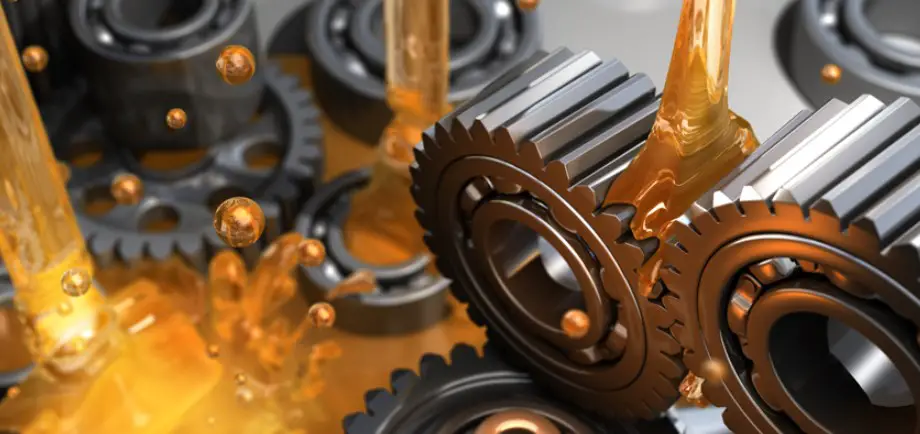
Change the hook and you’re willing the job
Of practice, behind lubricating the sewing machine, we must substitute the hook and bobbin case.
It is important that the hole in the hook matches the gray marking on the hook ring. The easiest way is if this marking is located approximately at the 6 o’clock position. If it is not, you can effortlessly carry it, thereby pushing the needle finish button double (for some models).
Keep the hook from the interior with the right and left index fingers, with the hole in the down. Then insert the hook, tilting it down slightly, into the groove of the hook. It is attracted by a magnet and is soon inserted into the right place.
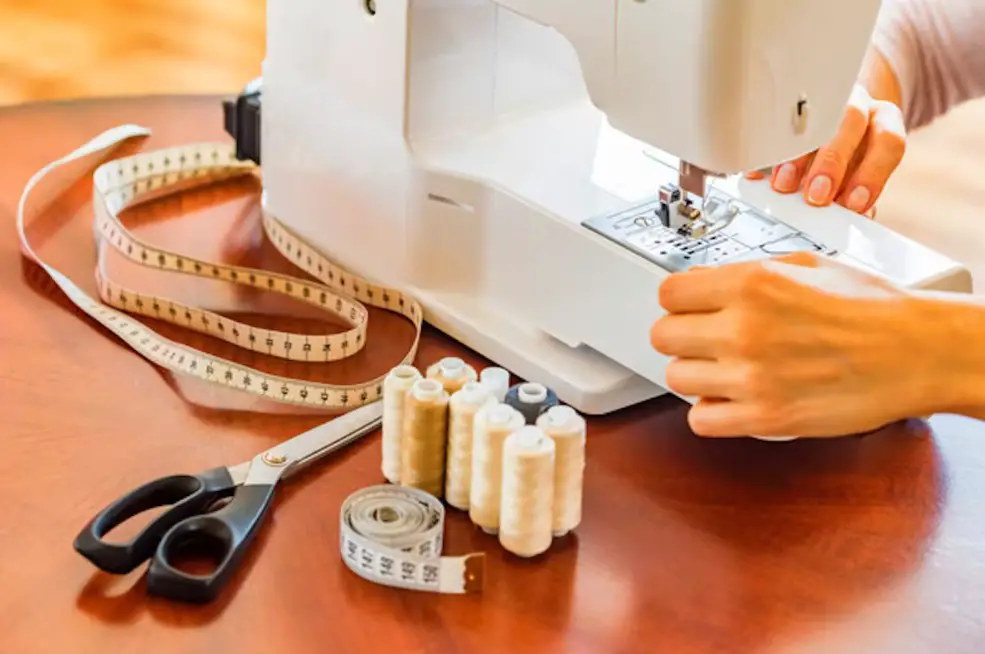
Can I oil my sewing machine with engine oil?
Automotive engine oil probably won’t damage a sewing machine, but engine oil is formulated for a wide range of temperatures and pressures and for a variety of uses, not for sensitive machinery. Plus, machine oil stains, you don’t want even a hint of it next to your fabric. In particular, 3-in-1 oils should be avoided.
Can WD 40 be used to oil a sewing machine?
The answer to this query is an absolute no. Definitely not. You cannot use any kind of vegetable oil in machinery. I’ve seen some people recommend utilizing olive oil, but definitely don’t.
Like to own bugs in your sewing machine? Do you want jammed mechanisms? Are you going to fry your sewing machine? Then yes, of course, utilize vegetable oil. And for sewing? Of course not.
The cookery oil will precipitate out nearly instantly and will barely grease. This will draw insects and soon all you will have is slime on your gears.
Top loading bobbin machines
If you want to quickly clean and grease the top loading sewing machine, you need to remove the feed dog and needle with a special screwdriver plate. If you don’t have them, you can usually use a regular screwdriver or even a coin. Once the needle is removed, you can replace it with a brand new one.
Next, follow this guide:
- Remove all screws holding the needle plate in place.
- Remove the needle plate and bobbin door.
- Lift up the bobbin case to remove it.
- Remove all fluff from the inside and from the removed parts.
- Apply oil to the center of the shuttle and spread it with a brush.
- Gather the parts back.
You can use two brushes for cleaning and lubrication, or just one. In the latter case, you will have to wash it after dusting it.
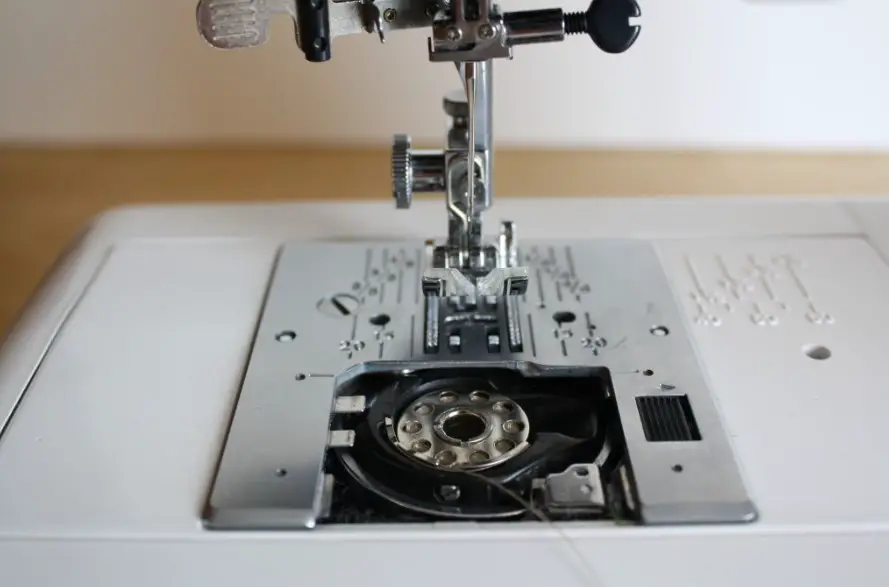
Front-loading bobbin machines
Let’s start with front-loading sewing machines. Lint usually accumulates under the needle plate, inside the body, and in the bobbin case. So, first, remove the bed to gain access to the body. Then:
- Open the bobbin case door, pull the spring and remove the bobbin case.
- Clean the insides.
- If possible, remove the needle plate and clean the feed dog from all sides.
- If you cannot remove the plate, clean the rack top and bottom.
- Press down on the hook cover and remove it, then remove the hook.
- Clean the removed parts and the inside of the bobbin case, including the area under the needle plate.
- Reinstall all parts of the sewing machine.
- Make sure all fluff has been removed.
- Add 1 drop of oil to the bobbin case.
- Turn the flywheel back and forth to distribute the drop of oil.
- Load the bobbin with thread into the machine.
- Insert a piece of fabric into the needle plate and sew a few stitches.
These stitches will help you remove excess grease from the bobbin case.
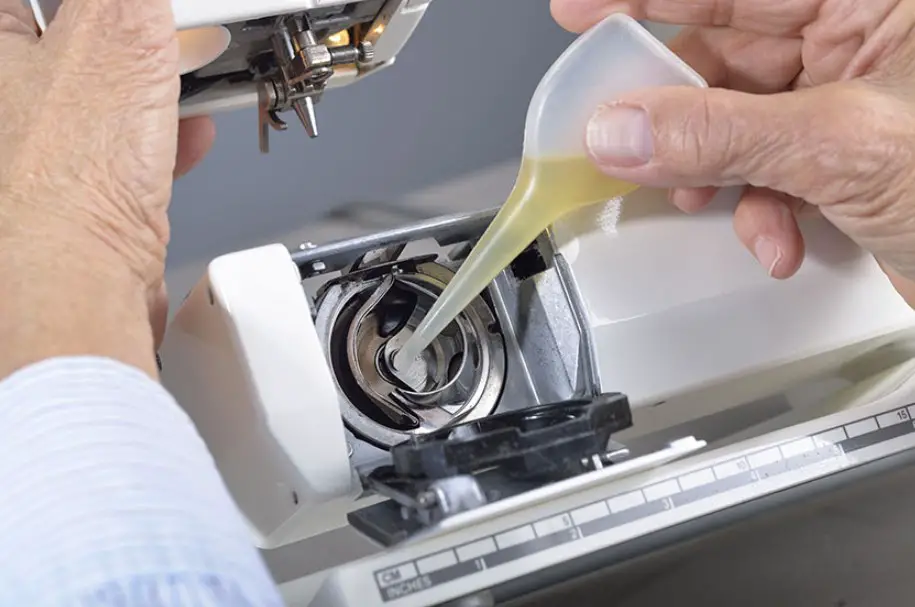
How often should the sewing machine be oiled?
Similarly, the solution here is “consult the manual”.
Some guidelines state every 3 months or better often with heavy use. Ultimately, it all depends on how often you use your sewing machine. If you use your machine every day, you ought to oil it better and frequently, perhaps one time a week (and only if your car needs to be lubricated first).
The manufacturer does not state how frequently to grease it, so you have to inspect the mechanism visually and, if you see that it is dry, grease it.
While there are different times when you should oil your sewing machine (only if your manual says to oil it foremost, of course):
- If there are squeaks and extraneous sounds.
- If the device contains stood inoperative for a lengthy period.
- If the device has been used more than expected.
- If the machine is difficult to move when you move it manually.
- Before storing for a longer period of time.
FAQ
Can regular household oil, automotive oil, or WD-40 be used instead of special oil my sewing machine?
This is highly discouraged.
How to clean and oil a computerized sewing machine, what are the nuances?
All electronic machines, including computerized models, must be turned off and unplugged before cleaning. Generally, computerized machines do not need to be lubricated. Excess liquid can damage the electronic plates, so be careful and read the instruction manual.
How to clean the automatic needle threader in computerized sewing machines?
If you want to remove lint from your needle threader, there is no better advice than to follow the manufacturer’s manual. To move the needle threader down, you need to press the button or select the icon from the menu (depending on your machine’s model). The system then allows the feed dog and needle to be removed, making it easy to clean the needle threader.
How to clean and oil the outside of a portable sewing machine?
A portable sewing machine, especially if it is used without a cover, quickly becomes dirty both inside and out. For external cleaning, use a microfiber cloth or sponge. You can wash the body and head of the sewing machine with a little soap, but try to avoid using too much water. Do not allow water to get on the needle plate or inside the machine. After cleaning, wipe everything dry.
Can I pay someone for work?
Yes, if you don’t want to clean and oil your machine yourself, you can take your device to your local sewing machine repair shop. Professionals will do the same as you do at home. When choosing a store, try to find one that specializes in your brand of the sewing machine.
Conclusion
Regular lubrication of your sewing machine is an easy method to keep it running smoothly and prolong its life. This exists a fast and straightforward job that just brings a rare minute and exists nicely worth the struggle to maintain your machine in full state.
So don’t forget to count “Oil Machine” to your routine care list and want your machine flying smoothly for years to arrive!
Read also: What is a Serger Sewing Machine?

Hi everyone and welcome to my blog!
My name is Liz, and I started sewing when my son was born. First I repaired the holes in children’s pants, then I dared to do more challenging projects like sewing home decor and children’s clothing. Now it is my hobby where I come to rest, let my creativity run wild, and create things that please me and enhance my home.
I would love to help other sewing beginners and enthusiasts through my blog by sharing tips and tricks for this great hobby.
